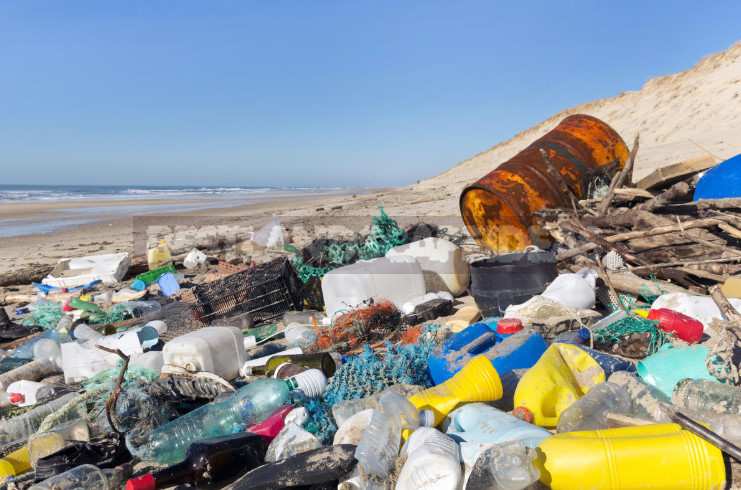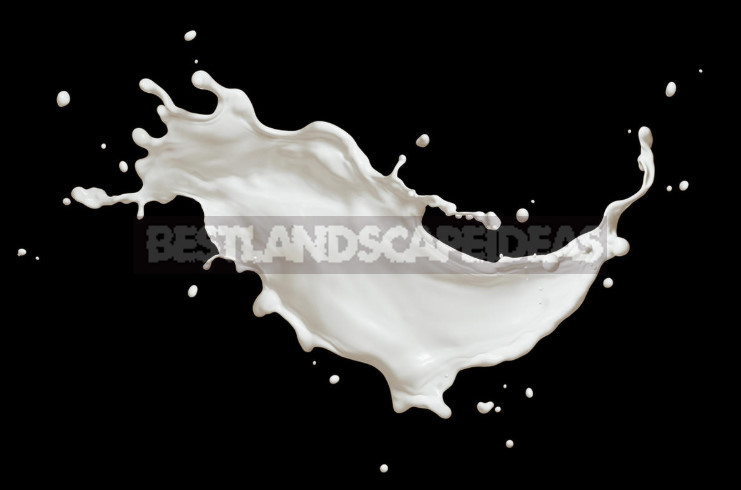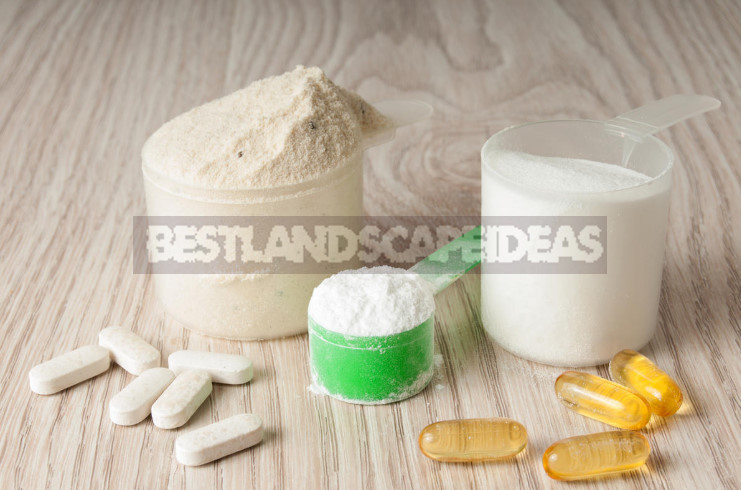
Those of us who are older may remember how in the days of our childhood mothers sent us to the store for milk or sour cream with a can.
So, it may happen that the milk in cans, candy without wrappers in paper bags can return to our lives. Because plastic packaging, no matter how convenient it is for us, turns the world into a big garbage dump. Separate waste collection, which in many countries is already supported by legislation, solves the problem in part. Plastic is made from oil, and its reserves, as you know, are not infinite.

But humanity does not want to move back. Therefore, some bright heads do not want to send us again for milk with a can. Scientists have long been working to create a biodegradable plastic. From time to time they succeed.
Cheese in a package of … milk
Have you ever heard of plastics that can be made from… milk? You may never have heard of it, but the idea is not new. Since the beginning of the 1900s and until 1945 (when there were no polymers) milk was used for the manufacture of various plastic ornaments and accessories. From milk plastic (usually called casein plastic) made buttons, decorative buckles, beads, pens, stands for hand mirrors, combs, brushes and more. Casein plastic was even used to make jewelry for the Queen of England! So why not use it as a packaging?
A little bit of chemistry
If we talk simply and schematically, the plastic-a group of materials that have a different texture and appearance. However, despite the similarities and differences between different plastic products, all plastics are composed of molecules that are combined in a repeating chain, called polymers.

Polymers can consist of chains of the same type of molecules or different types, and are connected to each other in a repetitive way. In a polymer, one repeat of the pattern of molecules is called a monomer. A monomer can consist of only one type of molecule or include several different types.
Milk contains many molecules of a protein called casein. Each casein molecule is a monomer, and the chain of casein monomers is a polymer. The polymer can be isolated from milk and give it a shape. So, it is possible to make, for example, a bottle or a glass from it.
Biodegradable plastic substitute
Against the background of the growing concern of mankind about the accumulation of plastic waste and the dependence of plastic production on oil production, scientists from the United States reported the development of a new ultralight and biodegradable foam from two unexpected ingredients: casein protein and white clay.

I must say that the idea of creating bioplastics is also not new. 70 years ago the method of production of bioplastics from cellulose, starch and animal proteins was invented, however this method of production of decomposable plastic is very expensive. It is used in medicine, but is not suitable for mass production, for example, packaging.
We recently wrote about how a London biochemist has created the packaging for the water of algae and gelatin. But American scientists have chosen milk protein as a raw material for bioplasty. The new substance can be used for the production of packaging, filling furniture pillows, insulation and other products. This was written in the American monthly magazine ACS “Biomacromolecules”.
David Shiraldi and his colleagues at the Western reserve University of Keyes believe that cow’s milk, which contains 80 percent protein (casein, which is a monomer), can be used as a basis for the manufacture of the polymer.
Casein has long been used for the manufacture of some types of glue or cardboard, but this protein is not very durable and easily soluble in water. To increase the stability of the casein to the water, the developers used the glyceraldehyde and some clay. We helped the casein monomers to associate into polymers.
As a result, a strong water-resistant substance was obtained, which, nevertheless, decomposes fairly quickly in the natural environment, and almost a third of the material is destroyed within the first 30 days after disposal.

So far, the opening began to actively use in the United States and Japan for the production of dairy products, disposable utensils, napkins, etc. However, the use of biodegradable plastic are interested many countries.




Leave a Reply